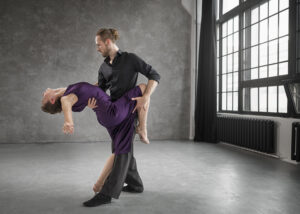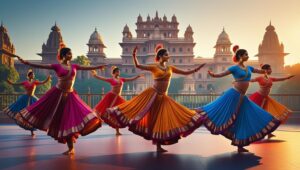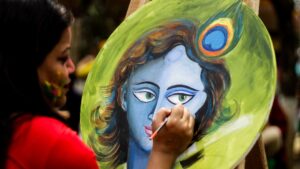Classical dance refers to a traditional dance form with a strong emphasis on technical skills, specific body movements, and established rules passed down through generations. It often involves storytelling through graceful movements, intricate hand gestures (mudras), and expressive facial expressions. These dances are deeply rooted in cultural and historical contexts, reflecting regional traditions and spiritual beliefs.
Key Characteristics of Classical Dance:
- Technical Proficiency: Requires years of dedicated practice and training to master the intricate steps, postures, and gestures.
- Specific Movements and Gestures: Follows established rules for body movements, hand gestures (mudras), and facial expressions.
- Storytelling: Often conveys narratives or expresses emotions through dance.
- Cultural and Historical Significance: Deeply connected to the cultural and historical heritage of a region.
- Musical Accompaniment: Performed to specific musical forms and rhythms.
Examples of Classical Dance Forms:
- Bharatanatyam (Tamil Nadu): Known for its grace, precision, and intricate footwork.
- Kathak (Northern India): Emphasizes rhythmic foot movements, storytelling, and expressive gestures.
- Kathakali (Kerala): A vibrant dance drama with elaborate costumes, makeup, and masks.
- Kuchipudi (Andhra Pradesh): Combines graceful movements with expressive acting.
- Odissi (Odisha): Features fluid, lyrical movements and sculpturesque poses.
- Manipuri (Manipur): Known for its delicate and ethereal style, often depicting Krishna and Radha.
- Mohiniyattam (Kerala): A graceful, feminine dance form characterized by its swaying movements.
- Sattriya (Assam): A devotional dance form with a strong spiritual element.
You can watch this video to learn about the classical dance form of India:



